Peel St, Denton
By 1881 the Revd Lawrence Scott had moved to Denton from Ruddington, Northamptonshire, where he was a gentleman farmer. On arrival in Denton he first moved
to Manchester Rd and in 1889 he married Mary Banks in London. Subsequently, he had Peel House built where he lived with his wife and three children, Charles Prestwich, Joseph Prestwich and Isabella Civil.
However, in his early days at Peel House it seems that he was frequently away on Unitarian business and other members of the Unitarian community lived there.
Later, Peel House became the Denton Maternity and Child Welfare Centre but it was demolished between 1978 and 1981 to make way for the M67 motorway.
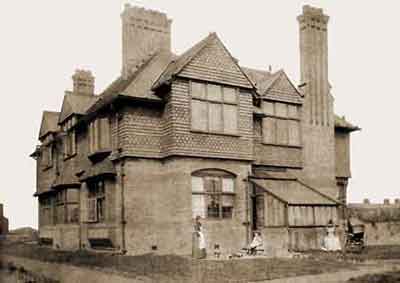
Left: Peel House, late 1890s.
Bottom left & right: Peel House, May 1978.
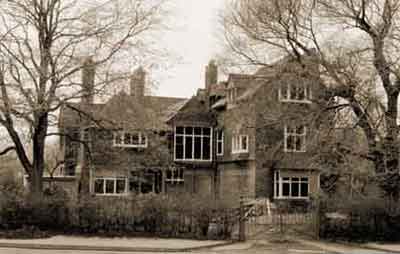
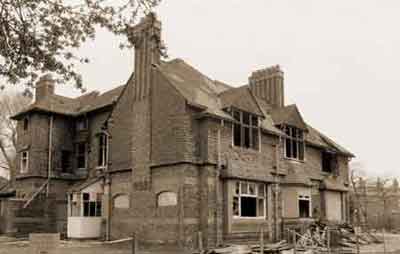
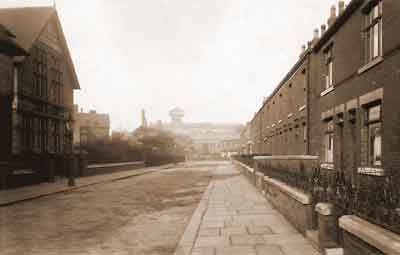
World War Two
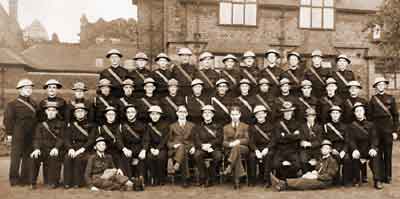
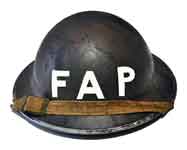
First Aid Posts were located in adapted buildings, such as church halls. They were mainly staffed by a mixture of the British Red Cross, St John Ambulance and Civil Reserve nurses. Each post had three sections; one for receiving and sorting casualties, a second for giving treatment and a third where patients could rest before returning home or being sent to hospital. The purpose of FAPs was to care for victims of air raids but blackout accident cases were also treated. They regularly practiced with Air Raid Precautions, Home Guard and police.
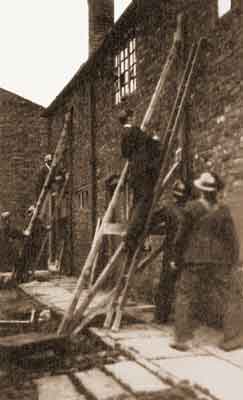 The ARP practising at the hamlet of Beat Bank in 1940.
The ARP practising at the hamlet of Beat Bank in 1940.Part of the ‘Top End’ Works of Wilde & Booth Ltd on Wilton St was used as the Denton Central Air Raid Precautions (ARP) Report Centre but in 1941 the name was changed to the ‘Civil Defence Service’. The Deputy Town Clerk of Denton, Fred Hamer, was in charge of the ARP Report Centre. The ARP had an equipment store in Denton Council’s Board Yard off Victoria Street. This included, torches, stretchers, ladders, ropes, timber props, lifting equipment and vehicles. The yard was shared with the Auxiliary Fire Service (AFS) and St John Ambulance.
A mock bombed house was built in the yard that contained ‘injured’ dummies. Here, rescue parties practiced removing these dummies to safety. Similarly, a disused house on Two Trees Ln and another at Beat Bank, off Stockport Rd, were used for practice purposes.
Men and women could also joint the Home Guard, previously the Local Defence Volunteers (LDV), and the Women’s Land Army, respectively. Men between the ages of 17 and 65 years were eligible to join the Home Guard and on acceptance they were subject to military discipline.